Easy-to-Handle Defensive Handguns Buyer’s Guide

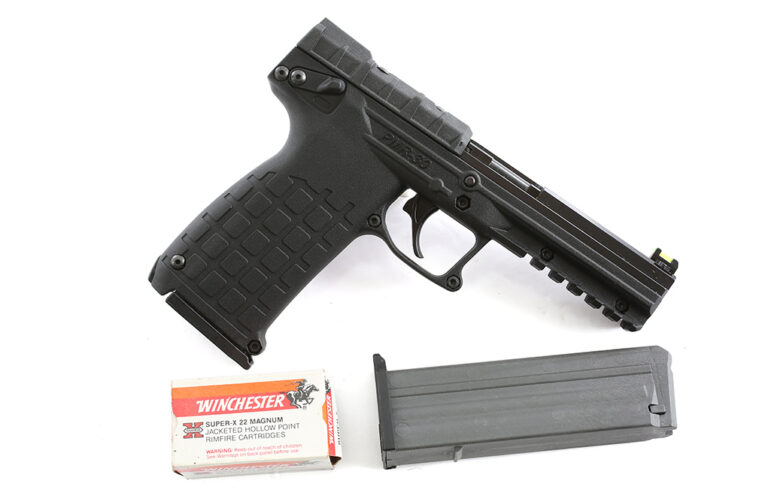
We pick top defensive handgun options for the less physically capable.
We aren’t all airborne-qualified. A lot of us can’t bench press our own weight. The bad guys know this, and preferentially target-select from those who aren’t likely to put up much of a fight. So, insisting that “the only proper self-defense cartridge starts with a four” is doing those among us who are less capable to handle that horsepower a disservice.
If you need an example, consider your grandmother. Even if you can convince her to choose a firearm, do you really think she’s going to appreciate the 9mm+P load you just handed her to try? And if you had her fire it out of the sub-compact pistol that’s “easy to carry” which you prefer, how many rounds will she put up with it?
Those of us younger, more fit, better trained, or some combination of those, can count on using something bigger. And if something bigger isn’t available, then the vigorous application of boot soles, fists and nearby objects can see you, me, the young and fit to something better. Again, that perhaps isn’t going to include your elderly relatives, who may likely be selected as an “involuntary donor” to the bad guy’s lifestyle support fund.
There’s also the matter of there not being an easy entry point. Your student or relative, elderly or not, might not have an experience with firearms at all. You may well find yourself at a range that offers rental guns and spend time just handling at the counter, before going in to try one. Don’t be surprised if a few rounds, or one magazine, later is all it takes to move on to the next choice. You’ll have to cultivate patience.
You also have to consider who is going to be using what you suggest, as far as how much enthusiasm they might put into what you might chose for yourself.
So, let’s consider some less-than-SEALs options.
Lose the Ego
One modern choice is the Smith & Wesson EZ series. S&W made the EZ series for a particular purpose and exactly ours: an easy-to handle pistol. The slide is easier to rack than regular 9mm pistols. The magazines have an added tab that makes it easier to load the magazines. And, as long as you make sure to feed it soft-shooting 9mm loads, even grams be willing to give it a go.
You may have to put in some work yourself, carefully assessing what 9mm load seems softer or less loud than others to make it easier for her. The grip safety on the Shield adds a measure of ease of use and safety as well. The new .30 Super Carry in the EZ? Felt recoil of that new defensive cartridge is on par with that of the 9mm.
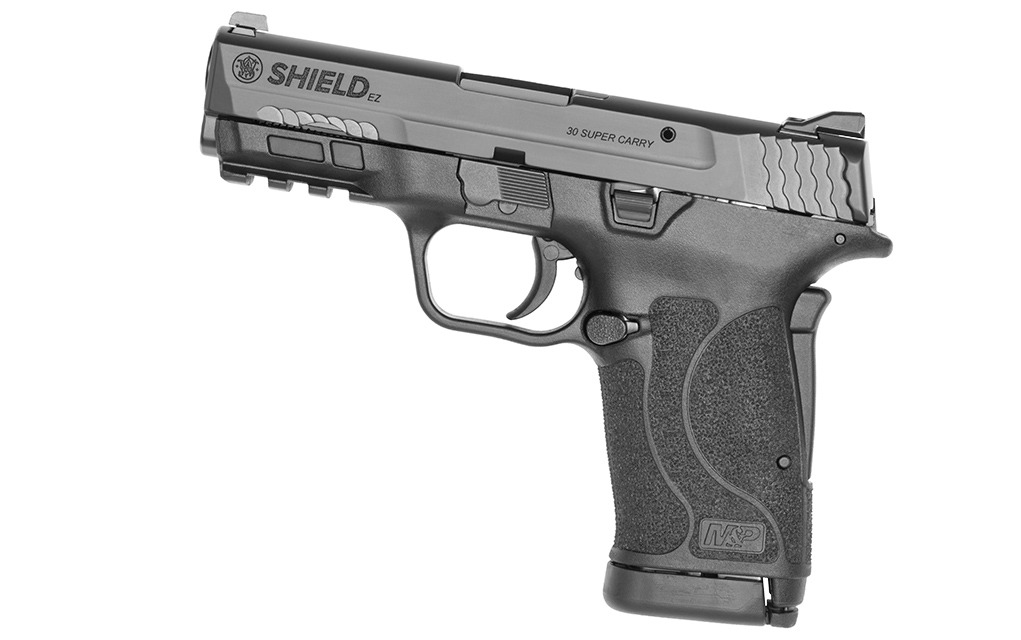
Or, you can go with something smaller in caliber. The .380 is probably the smallest that you can tell your friends you gave your grandma and still not have them look at you with pity. A Ruger LC380 would be about as small as I’d go. Yes, smaller is less weight to handle, and less hassle, but if it’s so sharp to shoot that she isn’t going to shoot it … we’re back to not solving this problem.
So, the LC380 holds enough to be useful, is big enough that it won’t be too much to handle and yet still small enough that it isn’t seen as a cannon.
If pistols aren’t the thing, then revolvers. Again, don’t go with the smallest and lightest. A five-shot airweight revolver is one your student is likely to fire a few times, hand back to you and ask, “What else do you have?”
The trick with revolvers isn’t so much the caliber, but the grip size. Here, a round-butt design is much more likely to be comfortable. But not the Chief’s Special; it’s likely to be seen as both too small and light to shoot comfortably, with too heavy a trigger. A round-butt K-frame S&W would be the ticket here, or one of the Ruger LCRs for the easier trigger pull.
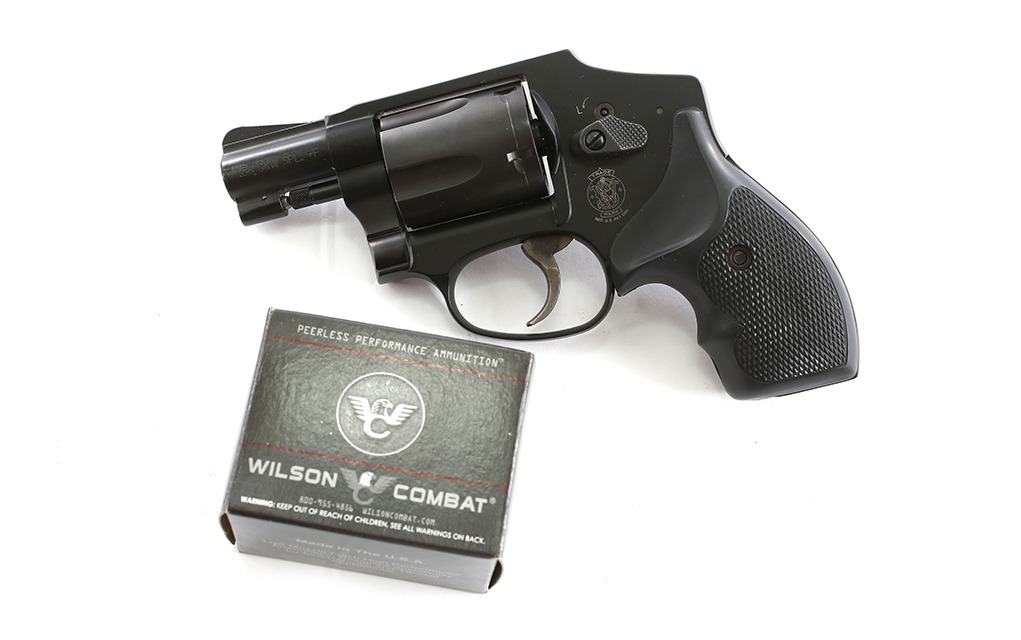

If you’re really struggling, or rather your grams (or Uncle Mort or whoever) can’t deal with a centerfire, then we can reluctantly consider a rimfire. You’ve got a few choices here, the Ruger Mark IV, in whatever size, material or grip color that makes the student say “I like that one,” or a KelTec, either the P17 or the PMR30.


The Mark IV and the P17 are .22LR, and they have the advantages of being soft in recoil, not terribly noisy and inexpensive to shoot (a not-inconsiderable detail these days). The Ruger holds 10 rounds and the P17 holds 16. And as an added bonus for the P17, the MSRP is a mere $200, less than half the cost of the least-expensive Mark IV. The best part about the .22LR as a choice is that shooting a rimfire can actually be fun, even for the non-gun-oriented. If it’s fun, they’ll practice. (Or at least go to the range for plinking, which you’d be wise to not call practice.)
The PMR30 costs as much as the Mark IV, but it’s chambered in .22 Magnum, which adds a bit more velocity to the equation. It might add more noise than the speed is worth—that’s one reason to get to the range and do some experimenting. (Oh, excuse me, “fun range time” and see what your student likes.) The big advantage of the PMR30 is the magazine capacity: 30 rounds. The PMR30, in order to hold those 30 rounds, tends to be a bit larger than the Mark IV or the P17 in grip size, which might make enough of a difference that the P17 or the Mark IV would be the better choice here. But it’s hard to discount the sense of “oh, I have things under control” than holding a pistol that has 30 rounds in the magazine. Both the .22 LR and the .22 Magnum offer a much greater chance of the get-togethers being fun, and nothing makes learning easier than it being fun.


Ammo Really, Really Matters
We can’t consider defensive firearms for those less dedicated without considering the ammunition we’ll be putting in them. As stated, opting for a 9mm+P to make up for the “lack of stopping power” because it isn’t a .45 ACP isn’t going to work here. Grams isn’t going to use it or, if she does, she’ll use it reluctantly, poorly and ineffectively. So, we have to consider what you can get her to actually try and use.
In 9mm, that may be the softest-shooting ammo to be found, which might be 115-grain FMJ. “That’s no good, its stopping power score is miserable.” This is my story, and I’m sticking with it—remember our choices here. It would be far better for your student to learn to shoot with Winchester White Box (the default low-recoil, low-cost 9mm ammo to be found) and use it as the house-gun ammo than always have “something else to do” whenever practice time (excuse me, “plinking day”) comes up.
We’re gun people; we like to shoot. A lot of people see it as an onerous burden or, at the very least, a cost in time and effort that they simply have to do but won’t enjoy it much. I can’t stress this enough: The more enjoyable you make it, the less likely it is to be skipped.
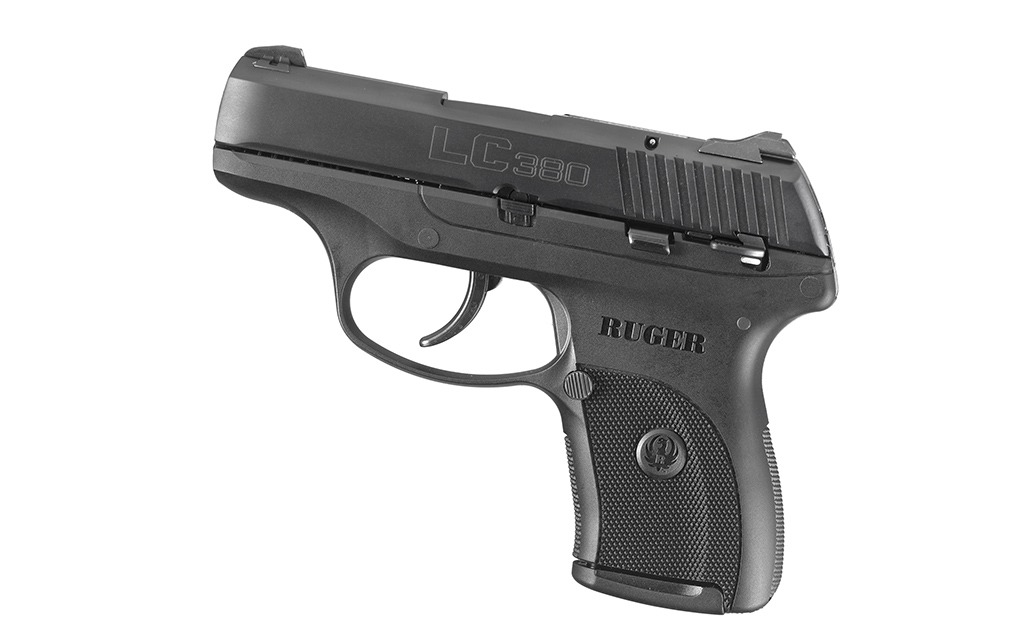

In the smaller calibers, you have less of a problem over recoil, as the majority of .380 Auto ammunition isn’t exactly robust. You have to seek out the “hot” .380 loads. To that point, .22 LR is even more so, but here you can actually step up in power (admittedly by a small amount) and not have a problem.
For instance, if you start your learning time with some standard velocity target .22 LR and get your student to liking it, then they might not even notice when you add in some high velocity ammo. I’m thinking here of starting with CCI Clean standard and then adding in some Federal Punch. Send them home with a box of .22 LR Punch. Or the .22 Magnum, should you be using a KelTec, offers a similar path of progression.
Now, in the .38 Special revolver (you shouldn’t be thinking of any other caliber but this one—period, end of story), I have what might seem like a radical choice: wadcutters. No, they won’t expand. But they will retain full diameter and cut as clean a channel as possible. I’ve tested wadcutters, and the best are hard-cast ones, as the swaged are just a bit too soft for our needs. And they penetrate.
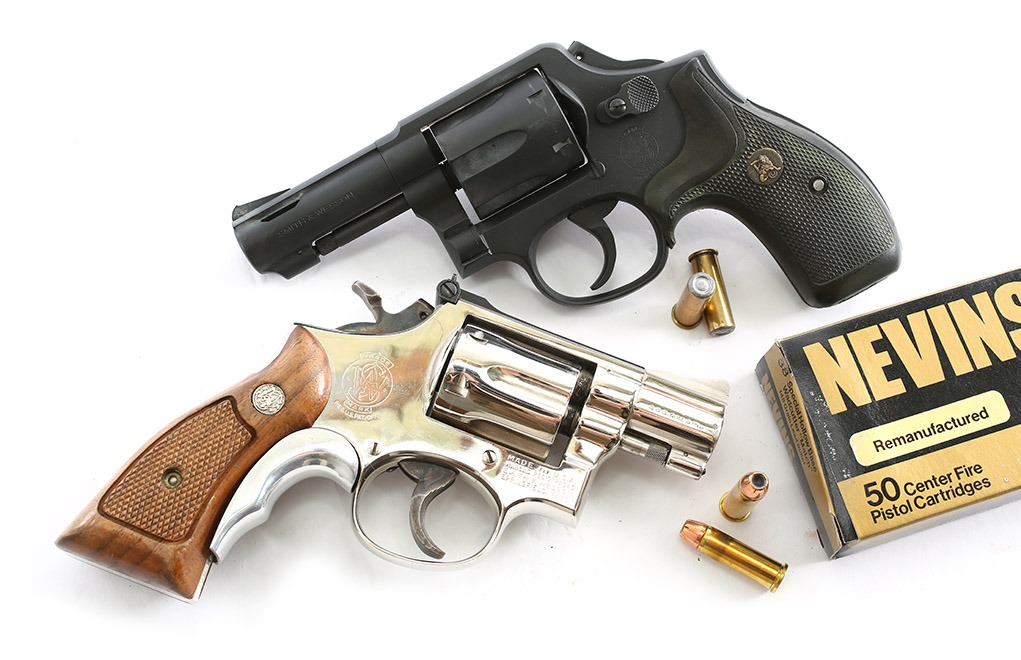

I have had hard-cast wadcutters, out of snubbies, doing a modest 600 fps, penetrate deeply enough in ballistic gelatin to satisfy the FBI requirements of more than 12 inches. I even tried a test shot through 3/8-inch plywood, and that round, after cutting a clean hole in the plywood, still did 12 inches of ballistic gelatin.
No, it isn’t a bonded-bullet LE-approved “wunderpellet.” It’s also easy to shoot, has low recoil and muzzle blast, and is going to be accurate. A bad guy, receiving one or more through or around the sternum isn’t likely to react by saying “that’s not funny.”
Be Smart, Not Tough
The world isn’t necessarily full of bad people, but they’re out there—and there are enough of them to be a hazard. They often preferentially prey on those less likely able to mount an effective defense, like your great aunt or grandmother. The question is: Do you make sure Nana has something—not nothing—or do you let your ego-invested attachment to “it has to be the best” (which she’s unlikely to agree with) get in the way of things?
There’s an adage that sums this up: Perfect is the enemy of good. Do good by your Nana, and don’t try to saddle her with perfection.
Editor’s Note: This article originally appeared in the April 2022 issue of Gun Digest the Magazine.
More Defensive Handguns:
Read the full article here







